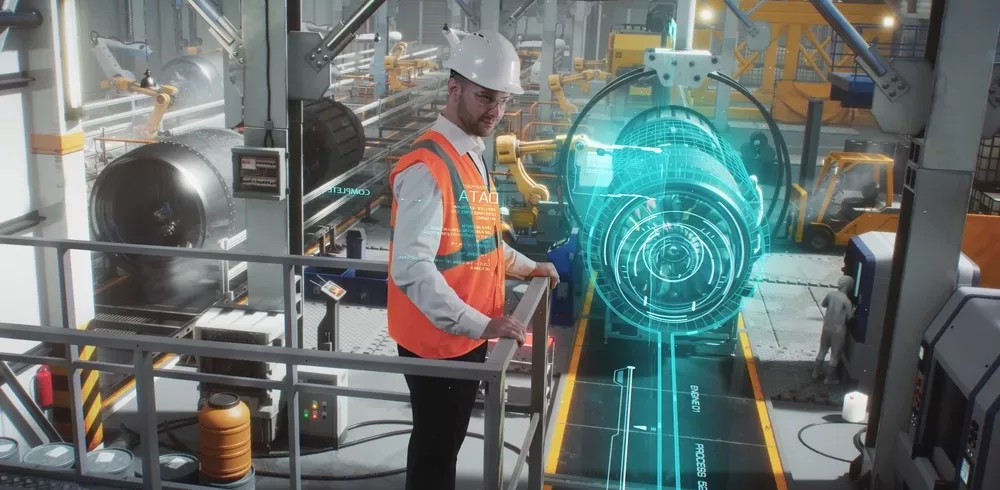Robotics and Aerospace: A Symbiotic Revolution : In the ever-evolving world of aerospace, the union of robotics and technology has ignited a revolution that is pushing the boundaries of exploration, efficiency, and safety. This blog post explores the captivating intersection of robotics and aerospace and how it’s shaping the future of aviation and space exploration.
1. Automation in Aerospace Manufacturing
Aerospace manufacturing has embraced robotics to streamline and enhance various processes. Robots are used for precision tasks like welding, drilling, and painting, ensuring consistency and reducing the margin of error. These automated systems not only speed up production but also improve the quality and durability of aerospace components.
2. Inspection and Maintenance
In the aerospace industry, safety is paramount. Robotics play a pivotal role in inspecting and maintaining aircraft, ensuring they remain in optimal condition. Drones, for instance, are used for visual inspections of aircraft exteriors, while robotic arms perform intricate tasks inside engines and aircraft components, reducing downtime and enhancing safety.
3. Autonomous Aircraft
The concept of autonomous aircraft is gaining traction, with the development of unmanned aerial vehicles (UAVs) and autonomous passenger aircraft. These aircraft can operate without human intervention, opening new possibilities for cargo transportation, surveillance, and even passenger travel, with potential benefits including increased safety and cost-efficiency.
4. Space Exploration and Robotics
In space exploration, robotics are indispensable. Robotic probes, landers, and rovers have provided invaluable data about other celestial bodies, from the surface of Mars to the icy moons of Jupiter. These machines extend our reach, allowing us to explore distant and inhospitable environments without risking human lives.
5. Space Mining and Construction
The future of space exploration also involves the mining of asteroids and the construction of structures in space. Robotics are expected to play a vital role in these endeavours, with autonomous systems extracting resources and building structures for future space missions and habitats.
6. Satellite Deployment and Maintenance
In orbit, robotics are used for satellite deployment and maintenance. Robotic arms on spacecraft can capture and repair malfunctioning satellites, extending their operational lifetimes and reducing space debris.
7. Challenges and Opportunities
While robotics in aerospace offer tremendous benefits, they also present challenges. Ensuring the reliability and safety of autonomous systems is a top priority. Additionally, addressing ethical, legal, and regulatory concerns related to autonomous aircraft and space robotics is essential.
Conclusion: A Promising Future
The fusion of robotics and aerospace represents a promising future for aviation and space exploration. These technologies enable us to push the boundaries of what is possible, making aviation more efficient, space exploration more accessible, and the entire aerospace industry safer and more sustainable. As robotics continue to evolve and advance, the sky is not the limit; it’s just the beginning.
Manufacturing & Engineering Magazine | The Home of Manufacturing Industry News













